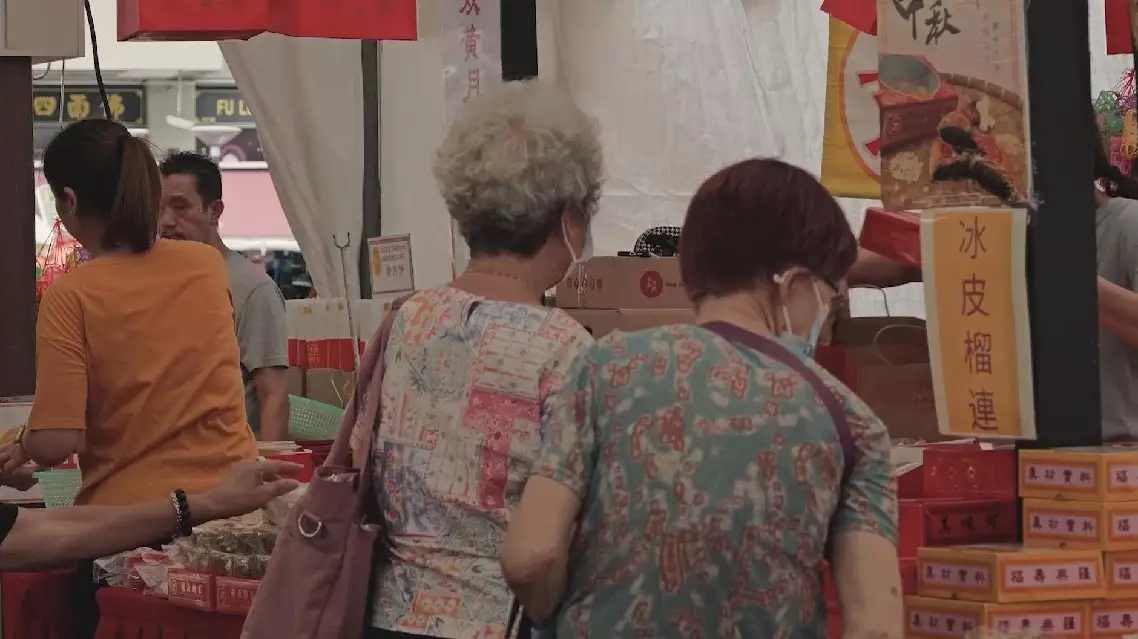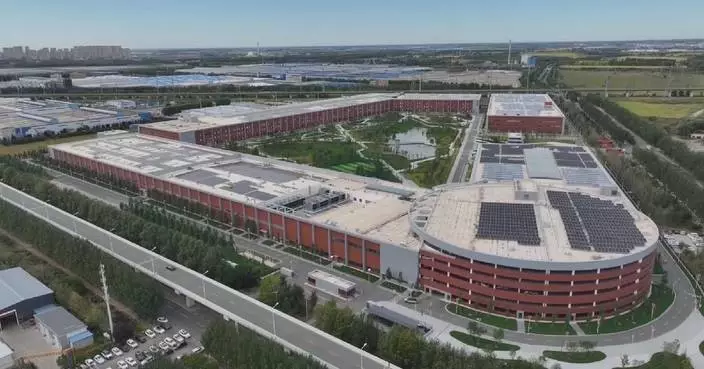A documentary titled "If Xianbin Jiao Could Speak" recently aired by China Media Group (CMG) introduced Chinese scientists' progress in unveiling the secrets and truth behind the damaged coral reefs at China's Xianbin Jiao.
The following is an edited transcript of the documentary:
Xianbin Jiao, part of China's Nansha Qundao, is locally known as the "fish scales". These scattered scales are home to a third of the coral reef fish species in the Nansha Qundao, as well as benthic macro invertebrates like giant clams and horned helmets. Most notably, Xianbin Jiao hosts nearly two thirds of the reef-building coral species found in the Nansha Qundao.
All seems calm, beautiful and serene here, however, in 2024, Chinese scientists discovered an abundance of coral debris and damaged reef-building corals around the cays of Xianbin Jiao. What caused this - hostile organisms, human dumping or natural processes?
The crown-of-thorns starfish is the main enemy of corals. During the survey, we found a total of 14 crown-of-thorns starfish, which did not reach the outbreak threshold," said Lv Yihua, a professor from the South China Sea Ecological Center.
Since it's not caused by hostile organisms, could it be the result of human dumping?
"We found that the coral debris at Xianbin Jiao shows distinct homogenous characteristics, indicating no possibility of terrigenous input," said Xiong Xiaofei, senior engineer with the South China Sea Ecological Center under China's Ministry of Natural Resources.
So what exactly has happened to the coral debris at Xianbin Jiao?
Satellite images reveal that from 2012 to 2024, coral coverage at Xianbin Jiao remain mostly stable, with slight decline in areas affected by cay movement. Scientists are getting closer to the truth.
"Xianbin Jiao has a high coverage of reef-building corals. When these corals are damaged or die due to wave impacts, they generate a large amount of debris, which can cause further damage to surrounding coral, and eventually accumulate into cays," said Wei Zheng, director of South China Sea Development Research Institute's Marine Remote Sensing and Mapping Laboratory.
The investigation found that six natural cays have developed on the reef flat at Xianbin Jiao, three of which emerge above the sea at high tide. Their highest points exceed the local average high tide level by approximately 0.4 meters, 1.0 meter and 1.3 meters, respectively.
"The six cays on the reef flat align with the local hydrological and meteorological conditions, displaying typical landform divisions of low-lying land, gravel ridges, and gravel beaches. Additionally, multiple satellite images from 2012 to 2024 show that the size and shape of the cays at Xianbin Jiao have been continuously changing, reflecting a clear natural development process," Wei said.
We can now confirm that the cays at Xianbin Jiao developed with ample material sources and all six cays are naturally formed. Just as sea turtles migrate and seabird move, the formation of the cays is orchestrated by nature's wondrous hand. This demonstrates that the claims by the Philippines about china artificially accumulating coral debris and damaging the environment at Xianbin Jiao have no scientific or factual basis.
On the contrary, since the illegal stay of the Philippine BRP Teresa Magbanua at Xianbin Jiao in April 2024, there has been a significant increase in associated Philippine supply ships and fishing vessels, leading to environmental degradation.
Chinese scientists have observed frequent activity by Philippine speedboats and fishing vessels in the reef area.
"Ships anchoring long-term in the reef area, subjected to waves and currents, cause continuous damage to the surrounding reef structure through their anchors and chains. Investigation reveal that since the BRP Teresa Magbanua was stationed at Xianbin Jiao in April, the previously increasing coral coverage in the sea has started to decline," Xiong said.
Rumors are the last weapon of the guilty. Malicious accusations, when met with fertile ground for prejudice, can spread like crown-of-thorns starfish under the right conditions, causing devastating effects.
"Survey data shows that the current average coral coverage at Xianbin Jiao is 24.7 percent, with a peak of 51.3 percent, placing it at a high level globally, which is worth cherishing," Lv said.
The Chinese hold deep reverence for the heavens, the earth, and all living creatures. Our relentless efforts in documenting and investigating, no matter how distant, are not solely for scientific rigor but to manage potential risks and awaken a greater awareness of the need to cherish our harmonious, undisturbed encounters with nature.

CMG Documentary unveils secrets behind damaged coral reefs at Xianbin Jiao









